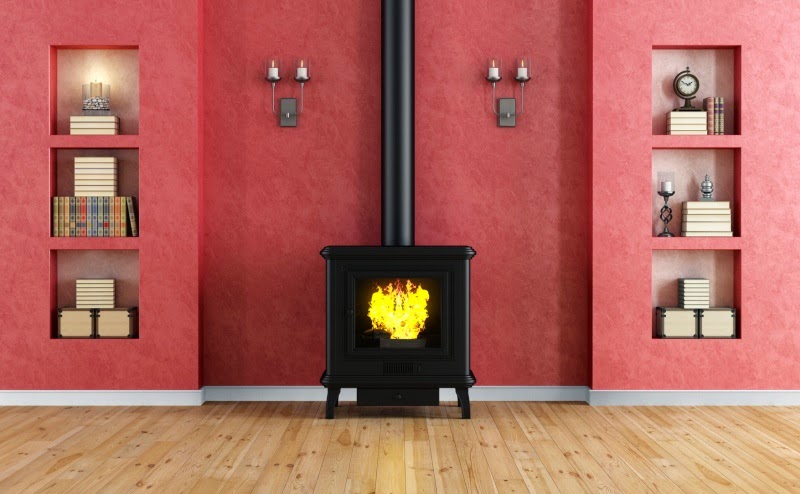Fireplaces serve various practical uses like heating water, cooking and keeping the room warm. Today, they are used mostly for the comfort, cozy temperature and ambiance they create. They make for a great addition to the living room, enhancing the appeal of the room to a great extent. Fireplaces can be masonry that is made from brick or stone, manufactured, that is made with sheet metal fire boxes. They can either be electric or gas fireplaces. Gas fireplaces are a good option for those who want something different in their sitting room or are looking to revamp it. Following are the positives and negatives of a gas fireplace to help you decide whether or not you want to get it.
Positives of a Gas Fireplace:
Since these are more delicate and have complicated working mechanisms as compared to a wooden fireplace, one must take good care of it, clean it and maintain on a regular basis. An annual maintenance of a gas fireplace should include the following steps:
Positives of a Gas Fireplace:
- Controlling a gas fireplace is very easy; they have remote controls and some even come with timers so that you can control the amount of fire burning. They are very simple and hassle free.
- If you are considering a revamp of your fireplace then a gas fireplace will be the best choice since they are available as inserts and can be simply fitted into the existing fireplace. While vented gas fireplaces require a chimney, unvented ones do not even need that.
- The heat generated by the fireplace will remain inside the house instead of vanishing through the chimney. In fact, the fan controls the amount of heat generated and entering the room.
- No time is needed for building up a fire or extinguishing it. It is a much cleaner and neater procedure as compared to wooden fireplaces.
- Oxygen Depletion Sensors are common with un-vented gas fireplaces and these turn off the fire if it senses that the carbon monoxide level is high. This might be disturbing in cold weather and with guests around.
- Unvented fireplaces are super-hot in order to dry off all the natural gas since it does not need a chimney for the outflow of the smoke. One has to be very careful around an unvented fireplace especially if there are children or pets at home.
- Burning gas logs for more than a few hours at a time is never advisable owing to the by-products that arise.
- Gas fireplaces also lead to a lot of moisture production since water is a by-product of combustion.
- Not all buildings allow the installation and usage of gas fireplaces. Be sure to check with the codes and rules of the building before installing them.
- No matter how troublesome, wooden fireplaces bring along a lot of fun-filled activities along with them. Arranging the wood, waiting for the fire to start and cleaning up afterwards – all make for some great family time which is to be missed if one installs a gas fireplace.
Since these are more delicate and have complicated working mechanisms as compared to a wooden fireplace, one must take good care of it, clean it and maintain on a regular basis. An annual maintenance of a gas fireplace should include the following steps:
- After turning off the gas valve, igniter and pilot light, remove the fireplace and take it outside.
- The insides should be dusted off along with the fire box which should be vacuumed as an additional measure of cleaning.
- Use vinegar to clean the glass doors. Glass door cleaners are also available in the market and these will help remove the white foggy accumulation on the glass.
- Check thoroughly for any cracks and marks. Seek professional help if you spot any.
- Once the cleaning is complete, fit the fireplace back in place and conduct a test run for half an hour to check everything.
After reading these above mentioned information, you understand all the facts of gas fireplace. If you want to know more information then visit here.


.jpg)




.jpg)